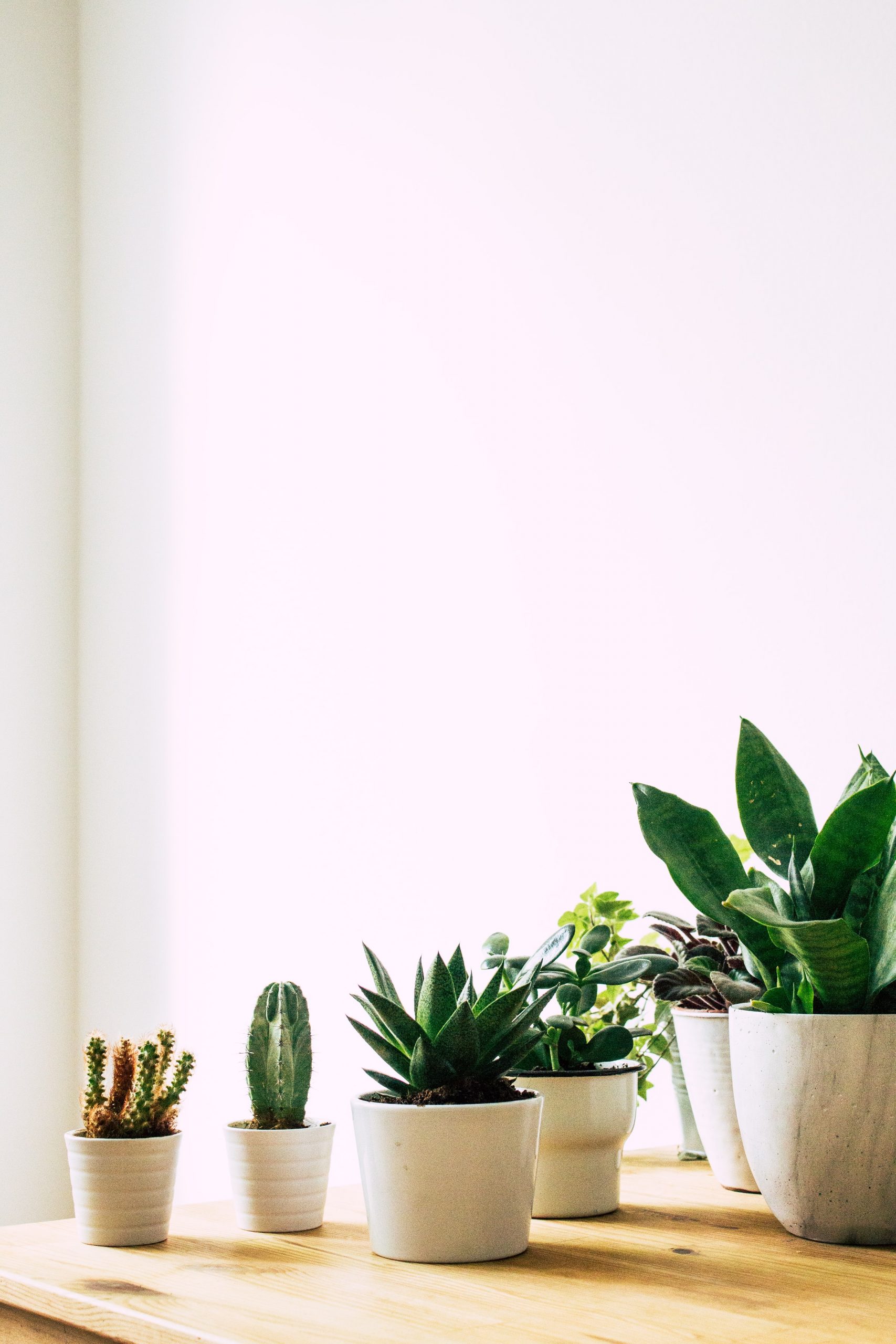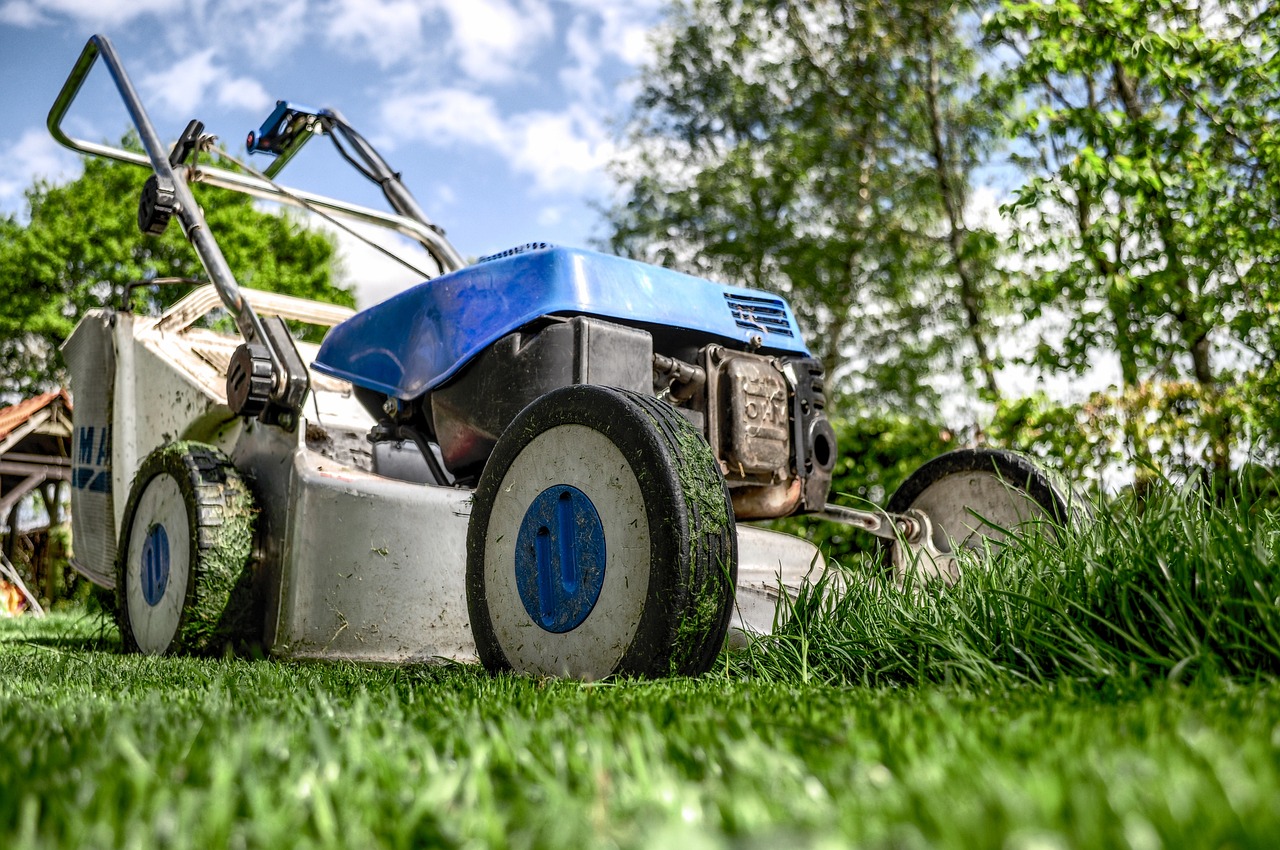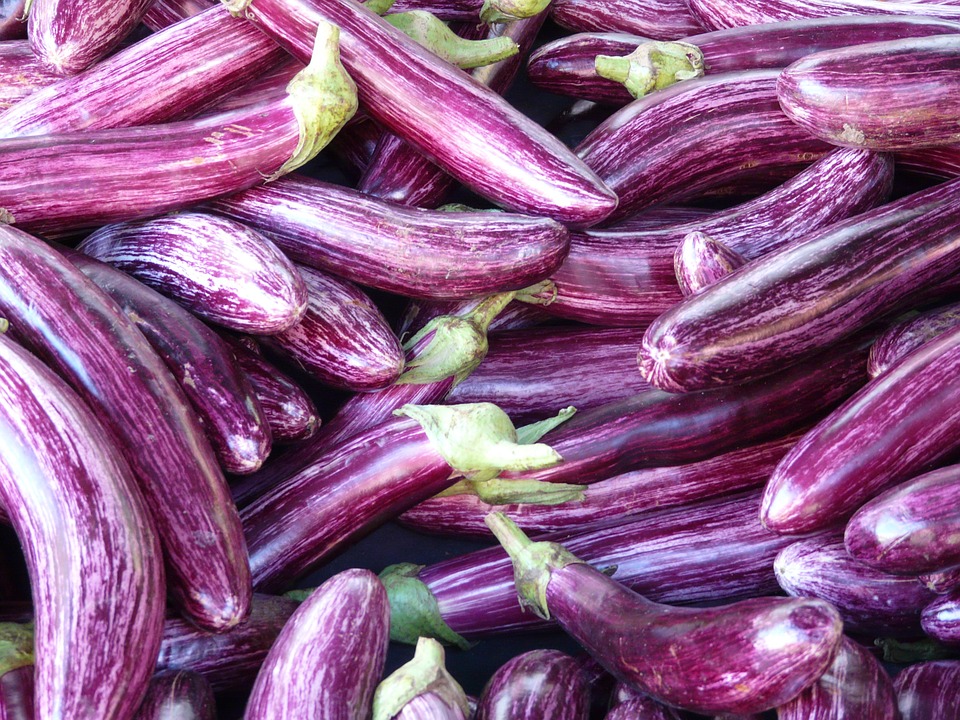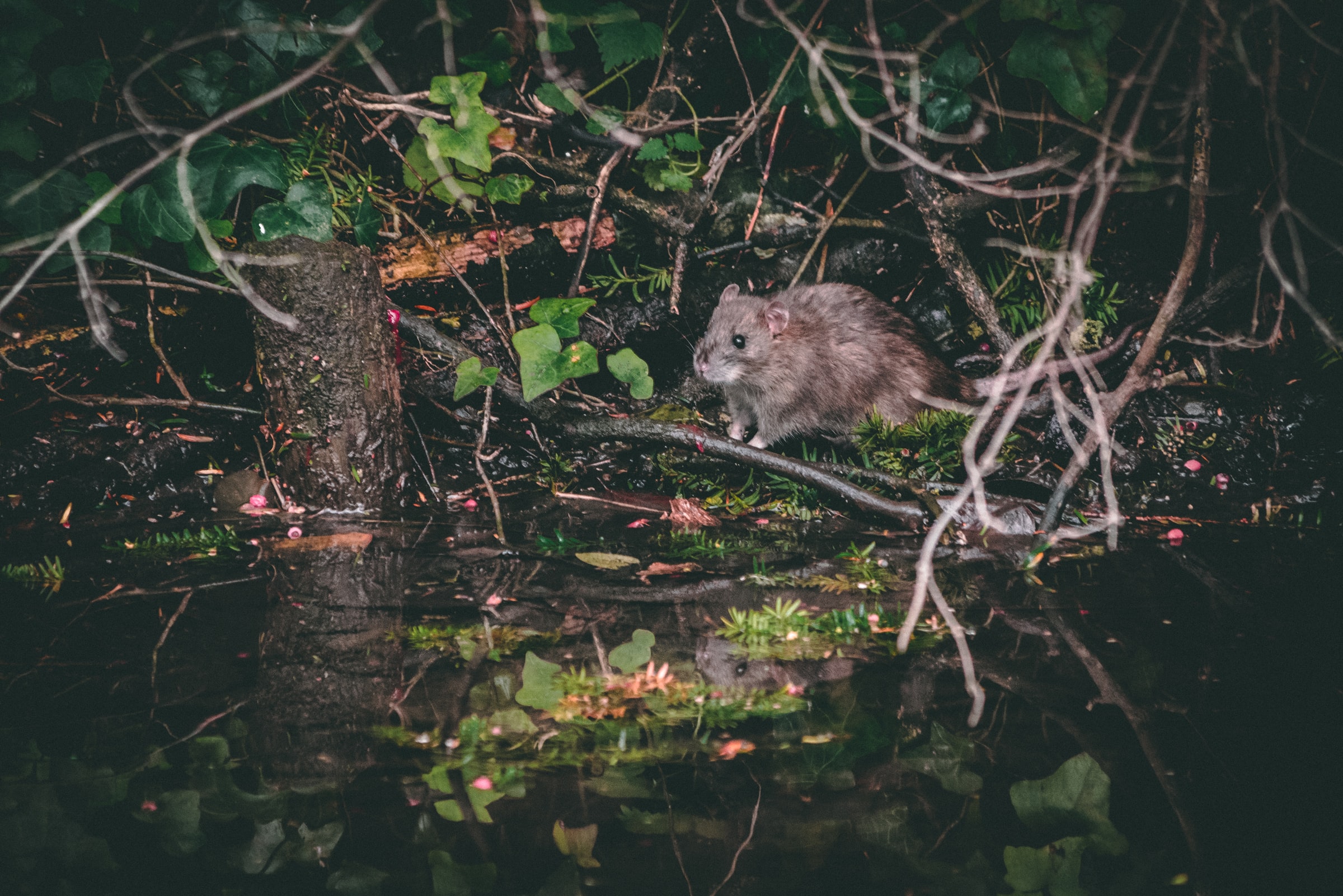For the past two years, my roommate and I have been obsessed with plants, but neither has a green thumb and can take care of plants. We can’t even take care of ourselves sometimes, and taking care of plants has become a bit of a struggle.
Succulents come in a wide variety of shapes, colors, and looks and are the perfect way to give your home a makeover on a budget. However, my mom came to our rescue and told us to start our journey with succulents, as they are the easiest plants to care for on the market. Without further ado, let’s learn about succulents and how to care for them.
1. Care of succulent plants
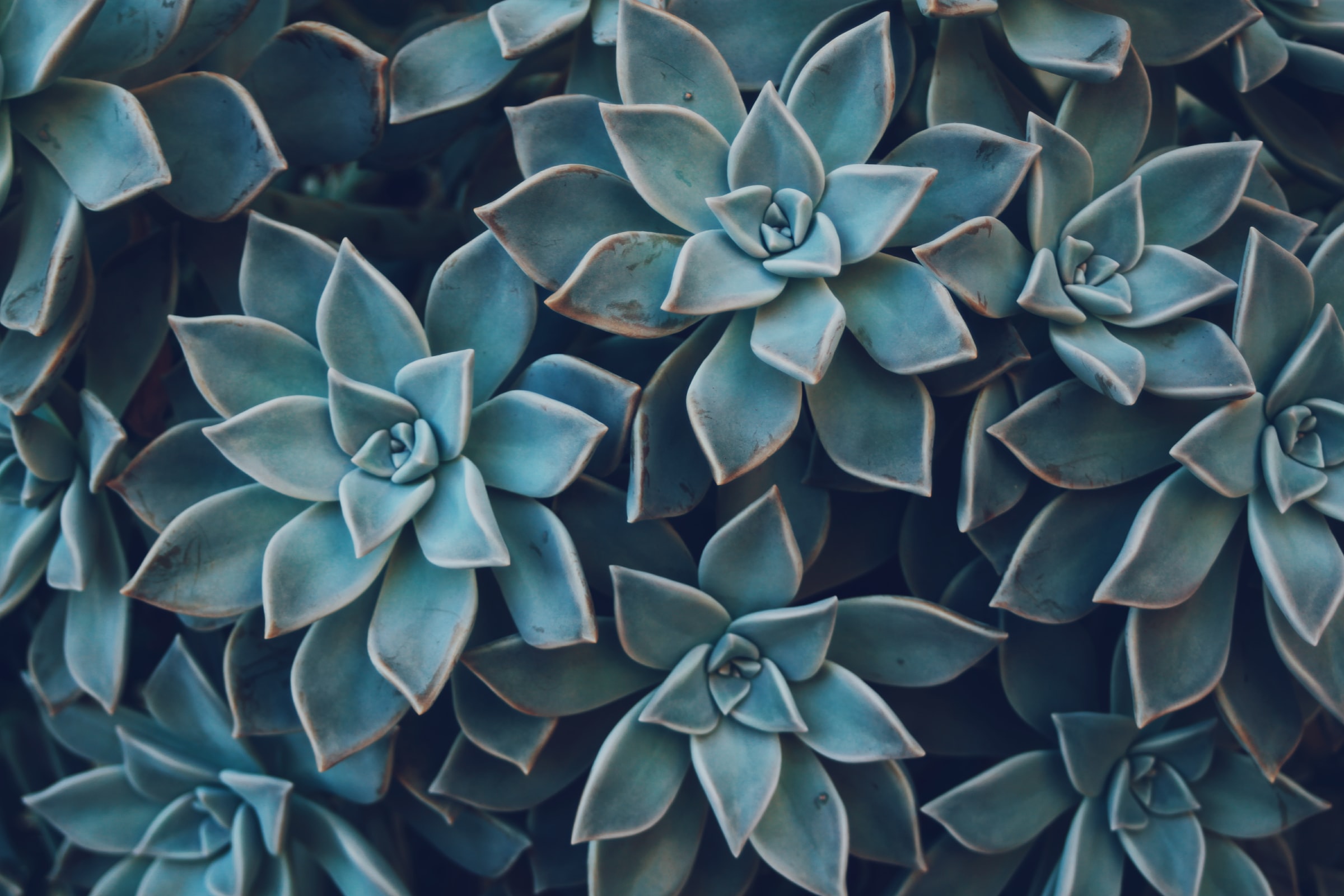
They can be with or without thorns, have robust or bizarre shapes, offer lush blooms, or be devoid of buds; plants fascinate so many people just by their variety and imagination.
Succulents, like all plants, require very precise doses of humidity, the right temperature, and exposure. Their ability to adapt to extreme climatic conditions makes us believe they need no care, but even plants that “never drink” actually need special attention. So let’s see some tips to keep them beautiful and healthy.
2. Light and temperature
First of all, it is important to recognize the origin of the succulents that we bring into the house; some come from African deserts, others from the forests of South America, others still from the Asian highlands. Plants of African origin usually bloom during the winter months, while those of American origin usually thrive more in the summer.
Depending on the type, they will need different amounts of light and moisture, so find out more about the type of origin to find the best place to place it. Usually, the light should be good but not excessive, as well as the temperature, which should not be too high in summer or too low in winter, as frosts are very dangerous. Therefore, it is best to keep them at a constant temperature of about 5 to 10 degrees, even during winter.
3. The beauty of cacti
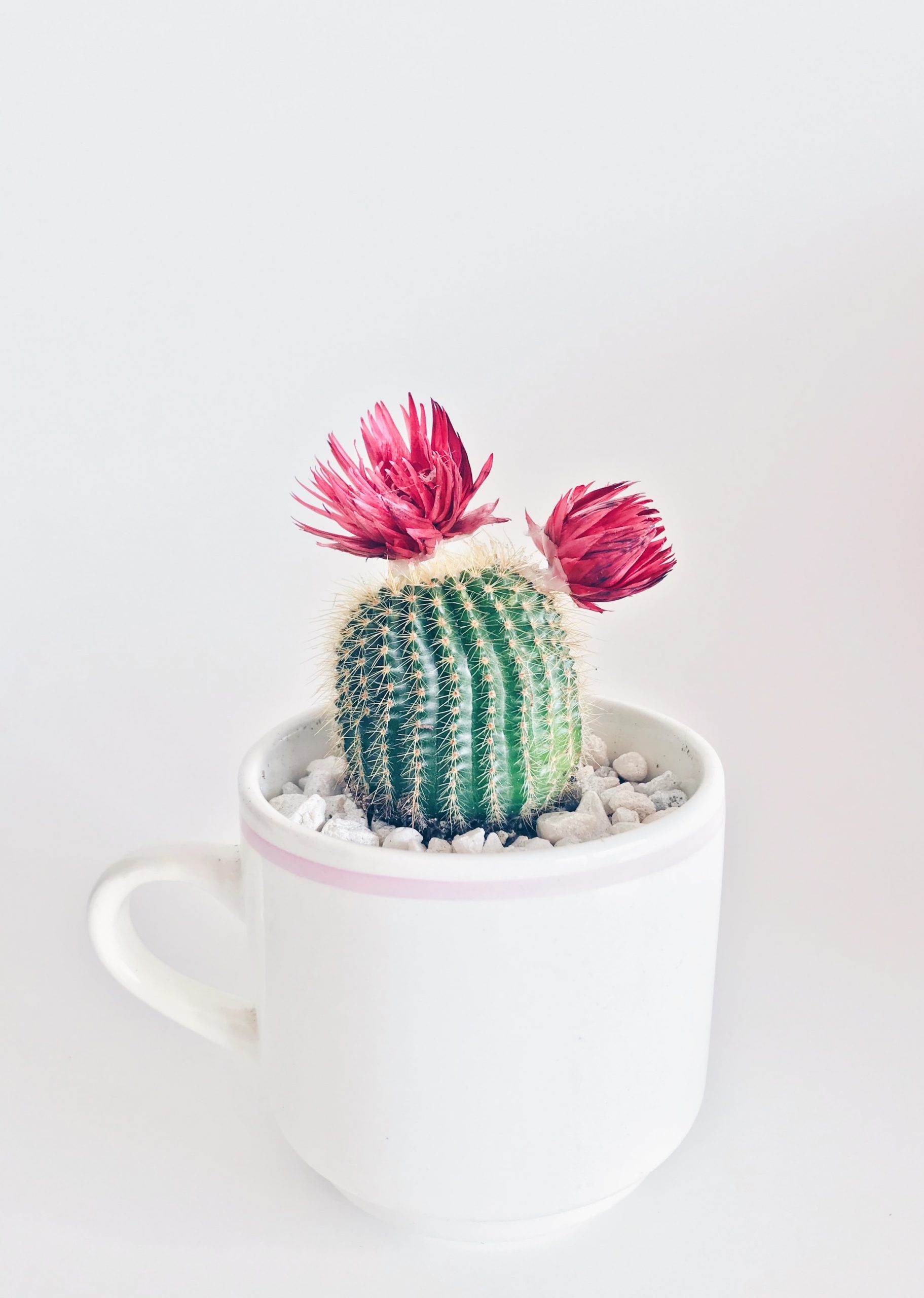
These are the succulents that accumulate water in the stem, the classic desert cacti able to withstand long periods of drought. The element that unites this type of plant is the areola, a felt-like pad from which spines, hairs, or hairs emerge.
Due to their very slow development, cacti do not usually need annual repotting; it is only necessary if the roots completely occupy the container. Therefore, it is necessary to find one capable of containing future growth.
4. Watering
Special attention must be paid to the watering of these plants, which are undoubtedly used to endure extreme conditions, but in domestic cultivation, it is always good to moderate the amount of water. To keep them moist in the fall, place the pot in a large container filled with water and let it soak until the surface is wet.
During the blooming season, apply liquid fertilizer every two weeks, being careful not to wet the plant. Keep the soil moist in winter with 1 to 2 waterings per month, then gradually increase to a maximum of 4 to 5 waterings during the warmer months.
5. Place them in the sun
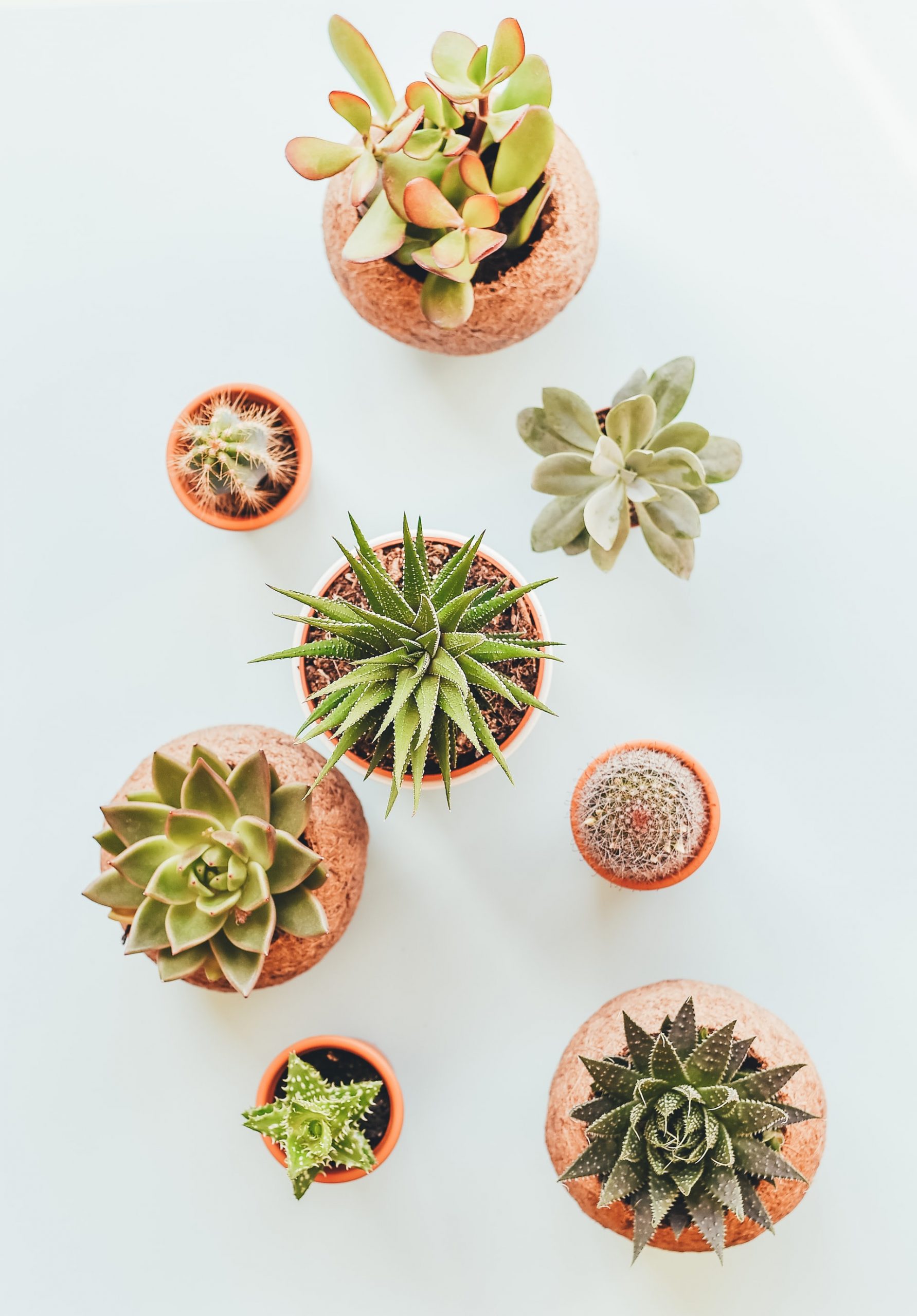
Now comes the question of exposure. Thanks to their origins- arid or semi-arid areas- succulents like full sun. So a direct exposure, full south, for example, is suitable for most varieties of succulents. However, a few precautions should be taken: don’t let the plant constantly burn near a glass window, and consider turning the pot regularly to vary the exposed side. Also, make sure the plant will be cool at night.
7. Taking care of your succulents in winter
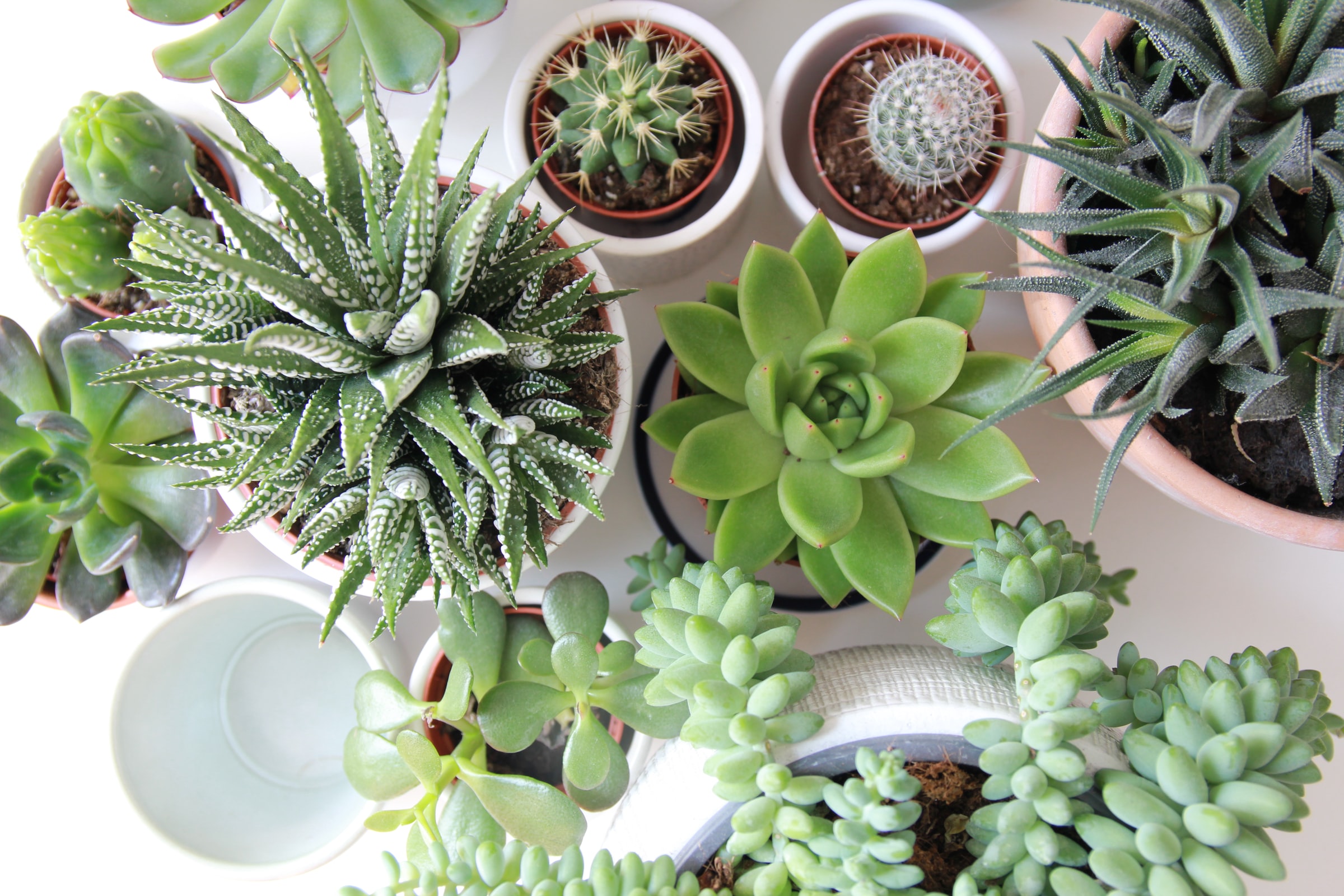
At the end of autumn, they go into dormancy. As their leaves are full of water, they are easily frozen. It is better to install indoors those which had taken their summer quarters outside. Place them near the windows because they need the sun or, failing that, light, turning the pots slightly every month.
Make sure that the rays do not burn them through the windows. If the leaves turn red or brown, this is a sign. Water them sparingly once a month at most. It’s okay if you forget. You’ll resume more regular watering next March after repotting them.
I think most of us started buying succulents and plants during the pandemic because it was a way for us to forget the dark and trying times that the pandemic was. Let us know what you think in the comments section below, and let us know if you want to know more about succulents.
